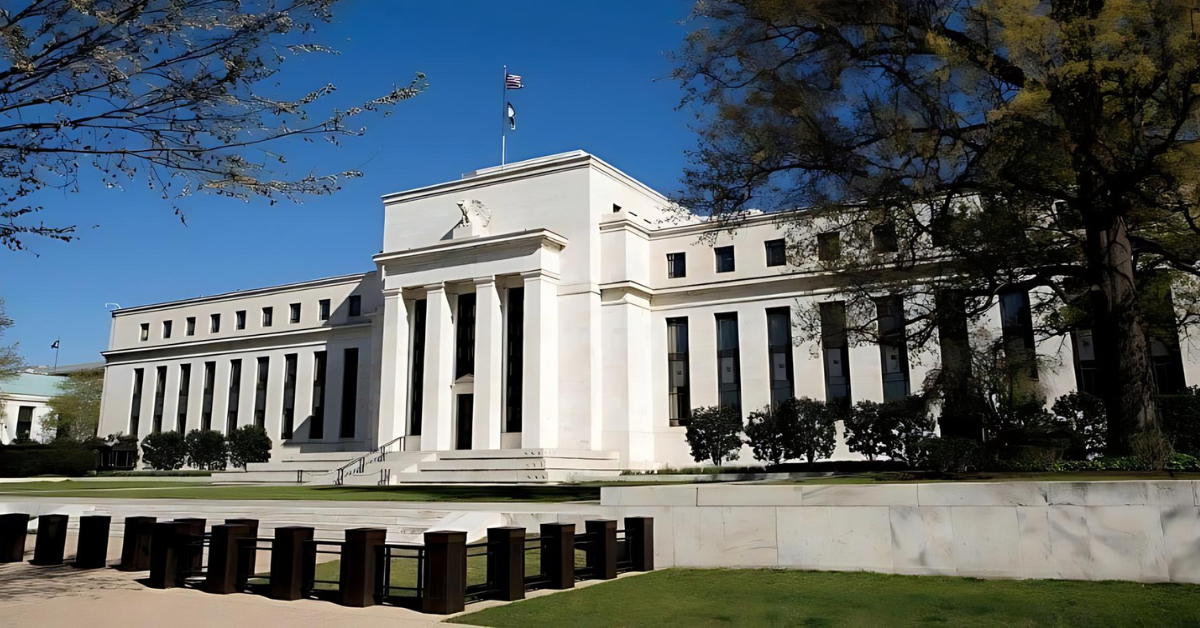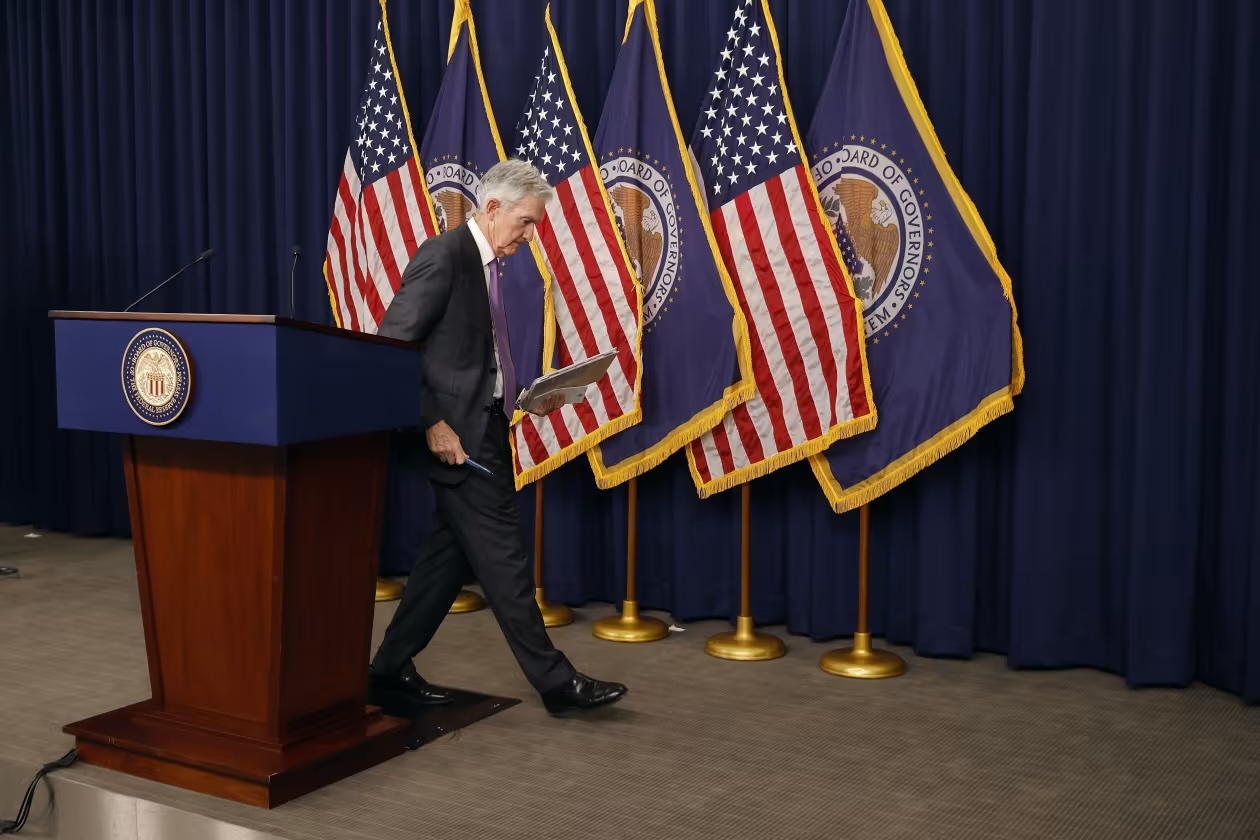Today’s News
A sharp slowdown in the U.S. job market, which has triggered days of global stock market turmoil, has also led to speculation that the Fed might not wait until its next scheduled meeting in September to cut interest rates.
Indeed, an interest rate futures contract expiring later this month, which tracks Fed policy expectations, surged to a two-month high earlier this week, reflecting a bet that rates would be lower by the end of August.

Image Source: New Straits Times
However, the likelihood of an early rate cut seems slim. As Chicago Fed President Austan Goolsbee remarked earlier this week, “the law doesn’t say anything about the stock market. It’s about employment and it’s about price stability,” referring to the Fed’s dual mandate of fostering full employment and maintaining price stability.
More analysts are now forecasting a half-percentage-point rate cut at the Fed’s September meeting, though few expect the Fed to act sooner.

Image Source: Marketwatch
“Current economic data do not warrant an emergency intermeeting rate cut, and this would only ignite a new round of panic into the markets,” noted Nationwide economist Kathy Bostjancic.
Even former New York Fed President Bill Dudley, who last week called for a rate cut before the latest data showed the unemployment rate jumped to 4.3% in July, wrote this week that an intermeeting cut is “very unlikely.”
Since the market turmoil began, global stocks—also hit by concerns over Bank of Japan tightening and the unwinding of yen-funded trades—have partially recovered. A report on Thursday showing fewer Americans filing unemployment claims added to a sense of relief in U.S. markets.
Traders of short-term U.S. interest rate futures have now mostly abandoned bets on an intermeeting Fed move, and have also tempered expectations on the size of the first rate reduction.
What was once a nine-to-one chance of a half-point rate cut in September is now closer to even odds against a quarter-point cut, according to rate-futures prices.

Image Source: Reuters
Fed Chair Jerome Powell is expected to provide further guidance on monetary policy when he speaks at the Kansas City Fed’s annual economic symposium in Jackson Hole, Wyoming, later this month.
For now, Powell is anticipated to focus on the economic data and stick to what he said after the Fed’s recent decision to keep the policy rate in the 5.25%-5.50% range: “If we do get the data that we hope we get, then a reduction in our policy rate could be on the table at the September meeting.”
In the coming weeks, data on jobs, inflation, consumer spending, and economic growth will all play a role in determining whether that reduction would be a quarter-point cut or something larger.
Historically, the U.S. central bank has only cut rates between scheduled meetings in response to significant market disruptions, which is not the case currently. Looking back, each of the eight instances over the past 30 years when the Fed cut rates between meetings involved more severe market conditions than those present today.

Image Source: Reuters
RUSSIAN FINANCIAL CRISIS/LTCM – 25 Basis Points (Oct. 15, 1998): In response to the fallout from Russia’s sovereign debt default and the failure of Long-Term Capital Management, the Fed delivered an additional 25 basis point cut just two weeks after an earlier reduction. The crisis was causing credit spreads to widen significantly, threatening investment and economic stability in the U.S.
TECHNOLOGY STOCK SWOON – 100 Basis Points (Jan. 3 and April 18, 2001): Amid the bursting of the dot-com bubble, the Fed surprised markets with two half-point rate cuts early in the year to address concerns that the tech stock collapse could impact household and business spending. These cuts were in addition to reductions at the January 31 and March 20 meetings, as the stock market turbulence began spilling over into the corporate bond market, widening high-yield credit spreads to record levels.

Image Source: Reuters
SEPTEMBER 11 ATTACKS – 50 Basis Points (Sept. 17, 2001): Following the terrorist attacks and the closure of U.S. financial markets, the Fed reduced the policy rate by half a percentage point and committed to providing substantial liquidity to stabilize the financial system. The move came as high-yield bond spreads widened over 200 basis points, necessitating swift action to restore market confidence.
GLOBAL FINANCIAL CRISIS – 125 Basis Points (Jan. 22 and Oct. 8, 2008): In response to the escalating subprime lending crisis, the Fed cut rates by 75 basis points at an unscheduled January meeting. The crisis deepened with Lehman Brothers’ failure, prompting a coordinated global central bank action that included a further 50 basis point cut in October. Credit spreads reached record levels, necessitating aggressive monetary intervention.
COVID-19 PANDEMIC – 150 Basis Points (March 3 and March 15, 2020): As the pandemic caused a sudden halt in global travel and commerce, the Fed acted swiftly, first cutting rates by half a percentage point, then following up with a full point reduction less than two weeks later. The rapid response was driven by a 700-point widening in credit spreads and significant disruptions in the U.S. Treasury market, as stock indexes plunged more than 30%.
Other News
NatWest to Transfer Loan Risk, Boost Lending
NatWest plans to offload loan risk through private deals with investors to enhance lending capacity and protect dividends. The strategy aims to manage capital efficiently.
China Treasuries Drop Amid Trading Crackdown
Chinese treasuries declined after state media reported that trading accounts must not be borrowed or transferred, following a regulatory probe into suspected misbehavior in the bond market.
Lazard Hires Haydon to Boost Private Equity Deals
Lazard brings on Courtney Haydon from Guggenheim Securities as managing director to strengthen its private equity dealmaking. This move is part of a broader strategy to expand business with buyout firms.
Risk Disclosure:
Securities, Futures, CFDs and other financial products involve high risks due to the fluctuation in the value and prices of the underlying financial instruments. Due to the adverse and unpredictable market movements, large losses exceeding your initial investment could incur within a short period of time.
Please make sure you fully understand the risks of trading with the respective financial instrument before engaging in any transactions with us. You should seek independent professional advice if you do not understand the risks explained herein.
Disclaimer:
This information contained in this blog is for general reference only and is not intended as investment advice, a recommendation, an offer, or an invitation to buy or sell any financial instruments. It does not consider any specific recipient’s investment objectives or financial situation. Past performance references are not reliable indicators of future performance. Doo Prime and its affiliates make no representations or warranties about the accuracy or completeness of this information and accept no liability for any losses or damages resulting from its use or from any investments made based on it.
The above strategies reflect only the analysts’ opinions and are for reference only. They should not be used or considered as the basis for any trading decisions or as an invitation to engage in any transaction. Doo Prime does not guarantee the accuracy or completeness of this report and assumes no responsibility for any losses resulting from the use of this report. Do not rely on this report to replace your independent judgment. The market is risky, and investments should be made with caution.



